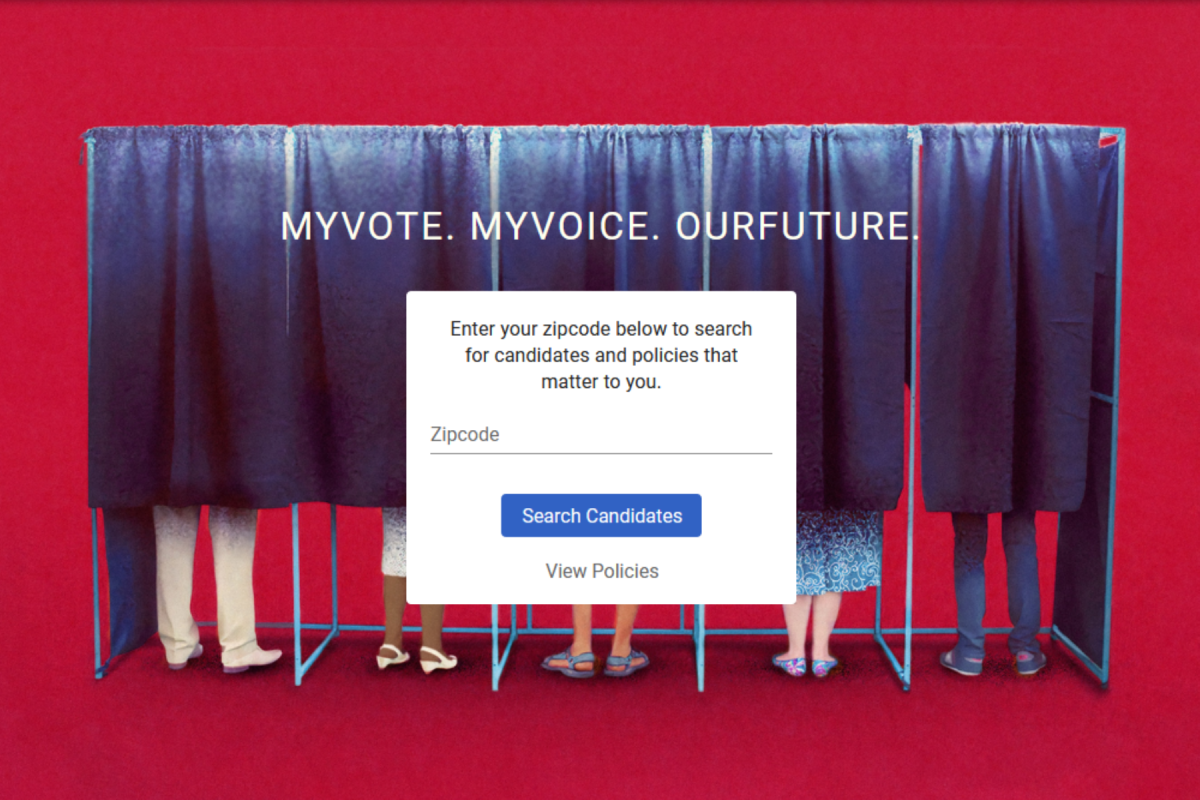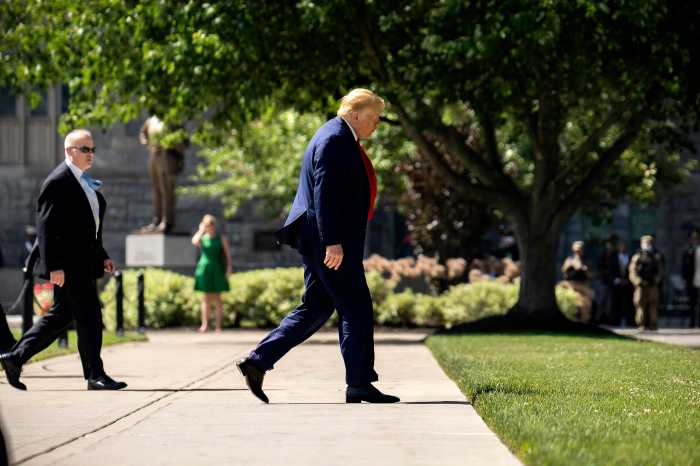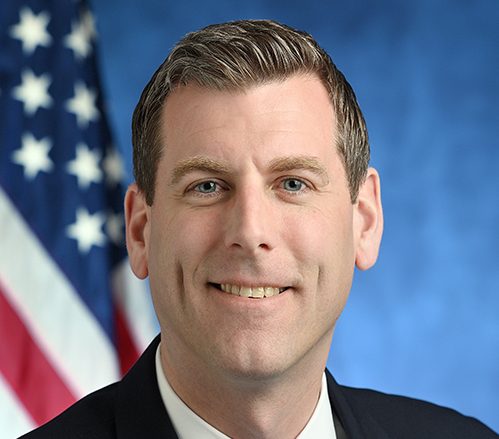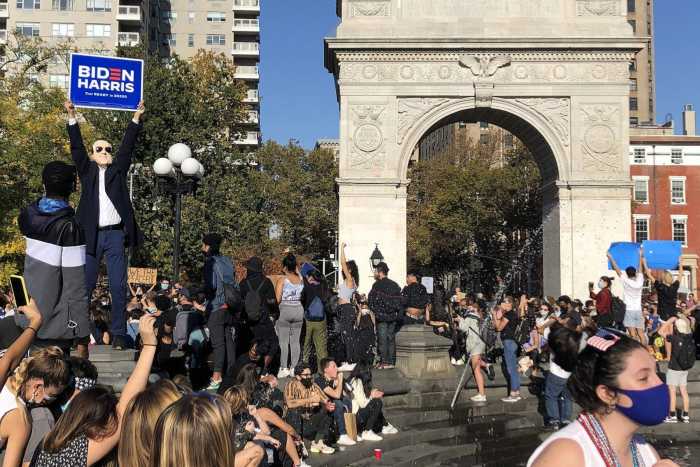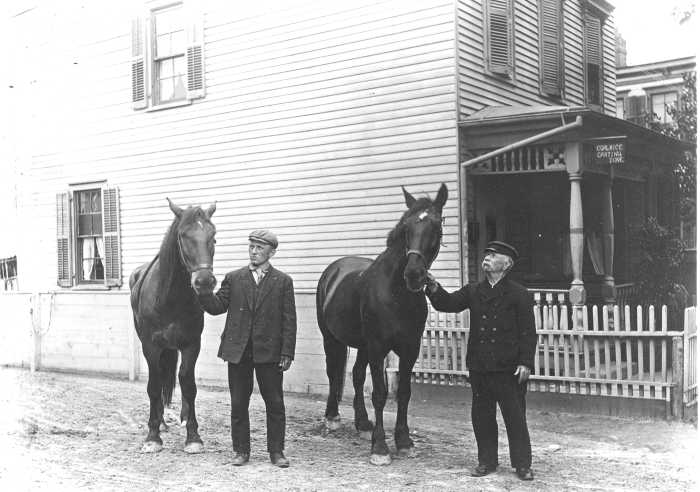Sari Kaufman is a college student on a mission: to make sure voters across the country know as much as possible about the candidates they’re voting for up and down the ballot.
Kaufman has co-founded the MyVote Project, a non-partisan voter education platform. In the final days leading up to the election, the project is mobilizing almost a hundred student volunteers on the ground to inform voters about the candidates and their policies.
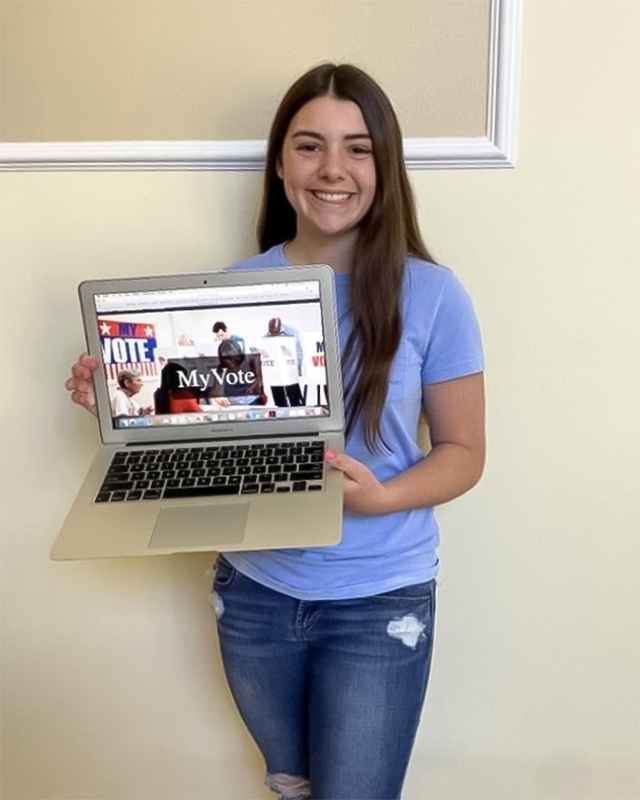
“I first came up with the idea two years ago,” said Kaufman. “Honestly, I didn’t think it would happen until the 2020 election. But after the coronavirus hit, we had all these students at home looking for something to do – something to help their community. So we decided to start reaching out to get them to sign up [for the project].”
On Feb. 14, 2018, a lone gunman attacked Kaufman’s high school in Parkland, Florida, killing 17 of her peers. The experience, while traumatic, was a catalyst that helped her learn how federal, state and local policy directly affect her life.
“Before the shooting, I was pretty politically active, especially in my debate club,” said Kaufman. “I knew politics were important, but I didn’t really see how politicians affected my everyday life. But after the shooting, I saw that there were failures at multiple levels of the government; if some people did their jobs better than others, the shooting may have been prevented. So that’s really what led me to get involved and realize that state and local elections matter just as much as the presidential election.”
Here’s how it works; students will linger by polling places, speaking to voters one-on-one and passing out flyers. The flyers contain QR codes, which will direct the voters to the MyVote official website. There, they can type in their zip code and receive a briefing on all the candidates that will be on their ballot.
Although the project is open to everyone, Kaufman is particularly intent on reaching young voters and those in low-income communities. Both of these groups tend to be less informed than average – the former due to inexperience, and the latter due to lack of resources.
“We’re definitely targeting young voters, and making sure that their communities are aware of this resource,” said Kaufman. “We’re also reaching out to communities in California where a lot of our volunteers go to Title I schools. These are marginalized communities where a lot of people don’t have access to voter education.”
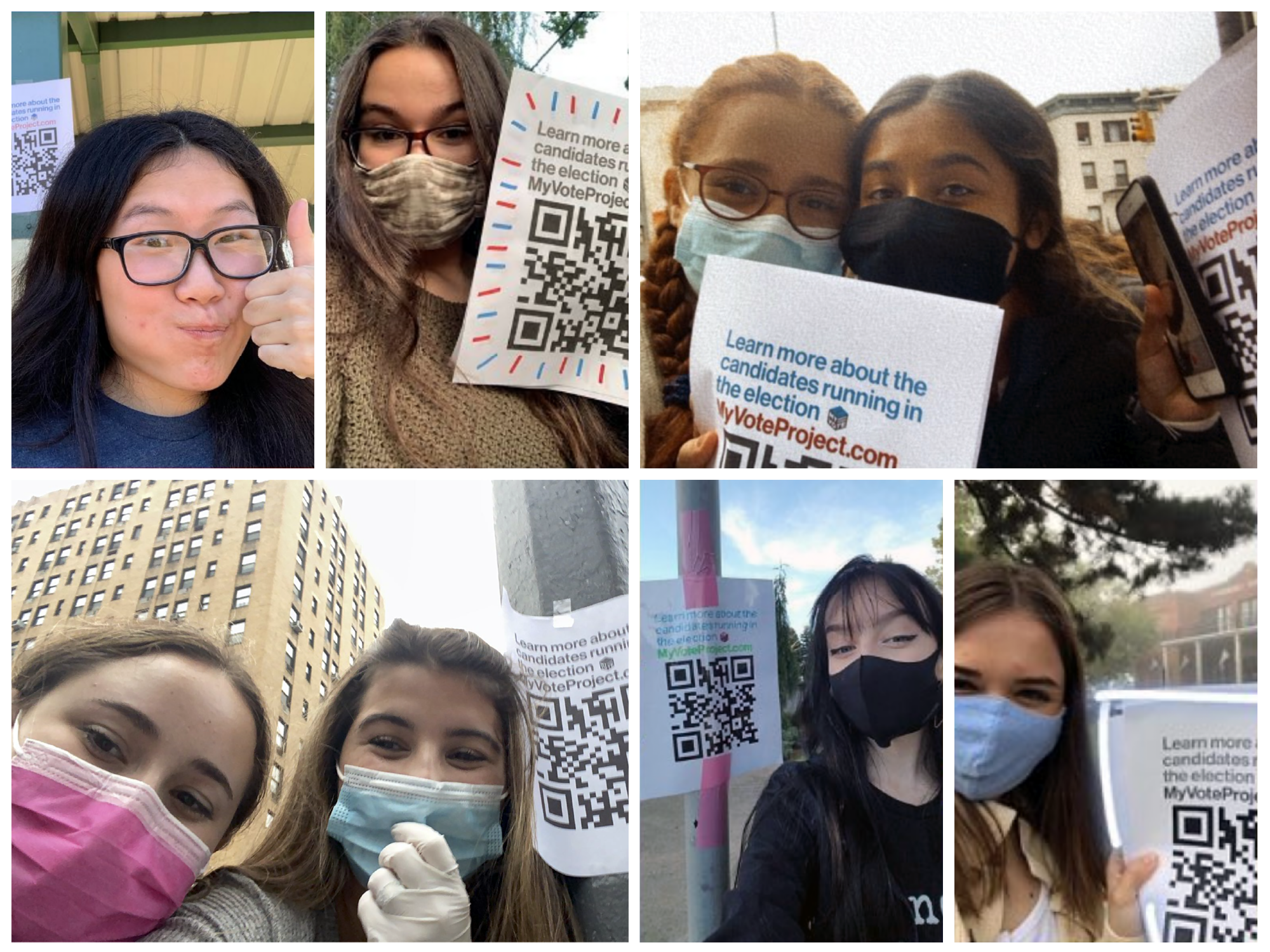
Since the flyer distribution takes place outside polling places, the project tends to target people who are already inclined to vote. But many of them only vote in the presidential race, and don’t give any thought to the down-ballot candidates; Kaufman hopes to change that.
“We find people who are already going to vote, and give them this extra education resource,” said Kaufman. “It’s difficult to get someone to vote and then also vote all the way down the ballot. So we’re focusing specifically on voters who might only vote for the president.”
In addition to the site, MyVote has been hosting candidate forums and debates, to allow voters to directly engage the candidates they’ll be voting for (or against). It also has its own Instagram page, where members of the “MyVote family” can post about their daily activities.
But Kaufman asserts that her work won’t stop after this upcoming election, however important it may be. She hopes to turn the project into a mainstay of the political process, serving as an invaluable tool to voters in the years to come.
“Our hope with the MyVote project is that, now that voters are armed with this information, they’ll be encouraged to vote all the way down the ballot,” said Kaufman.


